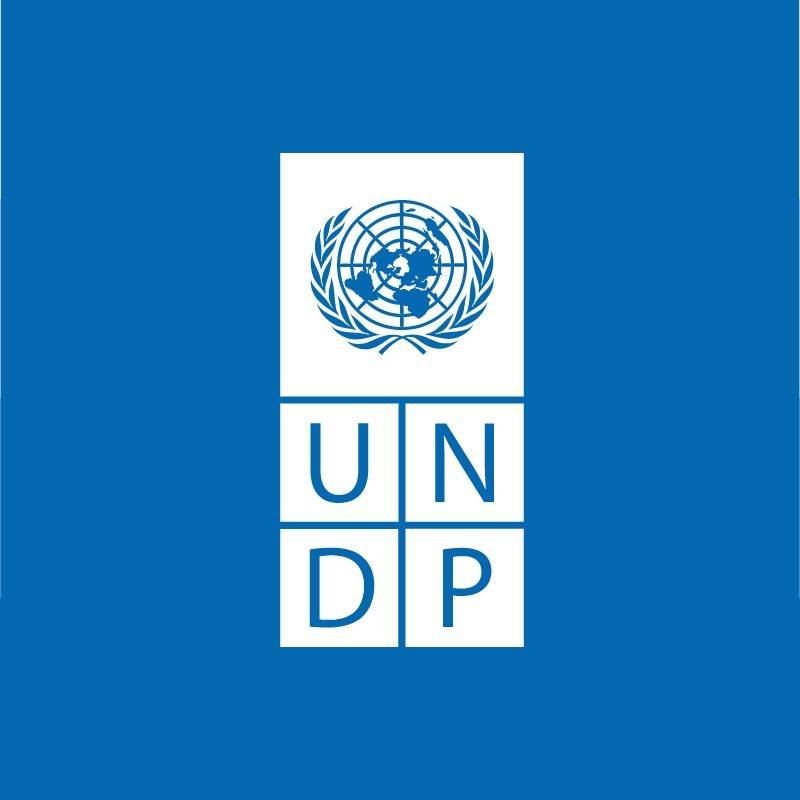
2022 Multidimensional Poverty Index shows how people experience poverty in very different ways
Probably no two people experience poverty in exactly the same way.
Someone who is multidimensionally poor in South Asia is more often deprived in nutrition, sanitation, cooking fuel and housing. In sub-Saharan Africa, a multidimensionally poor person is more likely to lack access to an improved source of drinking water within 30 minutes and electricity on top of these deprivations.
For the first time, introduces “deprivation profiles”, and one clear finding is that the profiles vary by region. By analysing the patterns and interlinkages in this way, the MPI has become an even more powerful tool to help monitor progress on the Sustainable Development Goals.
Around 1.2 billion people in 111 developing countries live in multidimensional poverty, according to the 2022 MPI, published by the United Nations Development Programme (UNDP) and the Oxford Poverty and Human Development Initiative. About half of the multidimensionally poor are children.
“With recession clouds on the horizon and debt gripping some 54 developing countries, we are seeing how tight government budgets are becoming even tighter – it is vital to leverage the power of cutting-edge data and analytics to understand where the biggest difference can be made with increasingly scarce resources.”
Achim Steiner, UNDP Administrator
Poverty dimensions
Health
Education
Standard of living
To arrive at these figures, the MPI looks beyond income to understand how people experience poverty in various, overlapping ways. It identifies how people are being left behind in health, education and standard of living, interrogating 10 indicators such as lack of access to an improved source of drinking water, adequate nutrition or at least six years of schooling.
People who are deprived in at least a third of these weighted indicators are classified as multidimensionally poor. The 2022 Index covers 6.1 billion people across 111 countries, representing about 92 percent of the developing world’s population. Among them, 19.1 percent are deemed to be multidimensionally poor.
 Health indicators
Health indicators
Nutrition
682 million poor people live in a household with at least one undernourished person.
 Education indicators
Education indicators
Years of schooling
595 million poor people live in households in which no one has completed at least six years of schooling.
Lilian Masiye, Zambia
I have been able to pay school fees for my children, unlike before.
 Standard of living indicators
Standard of living indicators
Cooking fuel
1 billion poor people are exposed to the dangers of solid cooking fuels.
Where are the multidimensionally poor?
Sub-Saharan Africa has the highest number of people living in multidimensional poverty, some 579 million people. That’s followed by South Asia with 385 million people. The two regions together are home to 83 percent of the multidimensionally poor. The new larger prominence of Africa is due in part to the availability of more recent data from South Asia, for India in particular. But the figures also reflect important progress in South Asia. MPI estimates for India show that a historic 415 million people exited multidimensional poverty over the past 15 years or so. And the fastest improvement was recorded among the poorest groups, including children, lower castes and those living in rural areas.
1.2 billion people live in multidimensional poverty

In addition to the geographic distribution, the report reveals a significant difference between urban and rural areas as well as according to age. Some 83 percent of the multidimensionally poor are rural. Across the 111 countries covered, there are 964 million people living in multidimensional poverty in rural areas and 198 million in urban settings.
Urban vs. Rural
17% of multidimensionally poor live in urban areas.

83% of multidimensionally poor live in rural areas.
Half of those living in multidimensional poverty – 593 million people – are under 18 years old. That’s nearly one in three children, compared to one in seven adults. Just over 8 percent (94 million) are 60 or older.
Adults vs. Children
Adults: 1 in 7 adults is multidimensionally poor

Children: 1 in 3 children is multidimensionally poor
A promising trend interrupted
The 2022 MPI shows many countries have been successful in reducing poverty across multiple indicators. Of the 81 countries with comparable records over time, 72 achieved significant reductions in the MPI value in at least one time period. Most of them reduced deprivations among the poor in five or more indicators.
It is a promising trend, but it must be noted that the 2022 MPI includes much data collected before the onset of the COVID-19 pandemic. Evidence from a variety of sources suggests that the pandemic is likely to have interrupted and even reversed some of these gains.
The diversity of poverty
With the introduction of deprivation profiles, the 2022 MPI presents a highly nuanced picture of the extent and nature of poverty in developing countries. The MPI estimates investigates over 850 different combinations of 10 deprivations to understand regional and other variations in multidimensional poverty.
About 40 percent of the multidimensionally poor, 470.1 million people, are deprived in both nutrition and sanitation, making them potentially more vulnerable to COVID-19 and other infectious diseases. Over half, 593.3 million, are simultaneously deprived in electricity and cooking fuel. And the most common profile across the 111 countries covered affects 3.9 percent of poor people and includes exactly four deprivations: nutrition, cooking fuel, sanitation and housing (this is the most common profile in India as well).
The analysis shows the potential value of policy makers focusing on these sets of deprivations that poor people more often experience together – and which therefore may be addressed in an integrated way. It seeks to help governments and other key players devise better responses to bring us closer to achieving the ambition of Sustainable Development Goal 1, to end poverty everywhere, in all its forms.
“The MPI provides unique insights into the conditions of poverty and how they vary across age groups, urban and rural areas and subnational locations. It guides policymakers on specific interventions that will be meaningful for individuals and families experiencing poverty.”
2022 MPI report
Leaving no one behind means equality of opportunity and access. It means investing in women and girls, youth and the most vulnerable people. It involves mobilizing local action and commitment towards one common goal: a better future for all.
For more information:
https://feature.undp.org/multidimensional-poverty/








Add Comment